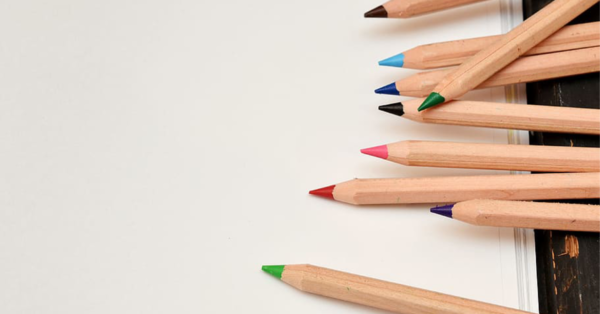
Here’s four ways you can fuel creativity in your classroom:
Create the right environment
Think of the layout of the classroom seating, does it encourage group work or isolate students? Is colour used in the classroom? These elements of design are important factors in promoting a creative learning space. Play around with different layouts and themes to see which work best for your students.
Provide feedback
Reward achievement appropriately and emphasise when a student shows creativity. For example, create a reading competition where the students get rewarded for the amount of books they read. Praise helps to give a sense of pride as well as further encouragement to keep on being creative. It also gives teachers a chance to highlight creativity (or lack thereof) and point students to the right direction.
Implement the right activities
Use open-ended projects to get students thinking outside the box. For example, encourage students to research a topic of their own choice. Use unconventional learning such as Ted Talks or podcasts to supplement learning and bring a new way of thinking to the classroom. Consider introducing journaling to your students’ learning as a way of exploring new ideas.
Get your class in groups to brainstorm new ideas or work collaboratively on a project. For example, you can start a group discussion on sight words or a fun game on phonics. Brainstorming is one of the best ways to fuel creativity and facilitate group discussion. Brainstorming can improve the confidence of your students too as peer recognition is important.





